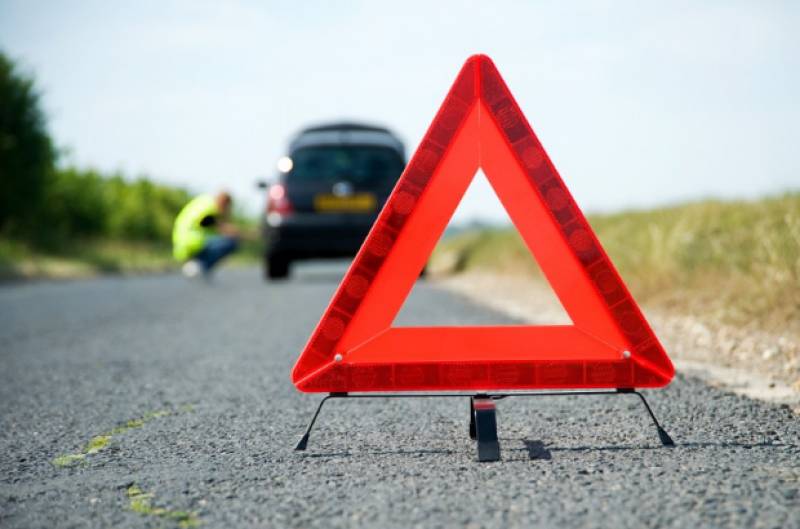article_detail
Rules for warning triangles, emergency lights and hi-vis vests in Spain
These are the safety regulations you must follow in Spain to avoid a fine

It’s something none of us like to think about, but getting into an accident while driving in Spain or even just breaking down is a very real possibility that every motorist should be prepared for. This unfortunate event is something that requires a bit of forward planning and the General Directorate of Traffic (DGT) has a range of items they recommend every driver carry should the worst happen.
Moreover, there are strict rules about which safety items are mandatory to have in your car, and foregoing the essentials could end up costing you dearly.
Warning triangles
The Spanish government is in the process of phasing out these old reliables, but reflective warning triangles are still OK to use until the end of 2025. If you drive a vehicle with four or more wheels registered in Spain you need to carry at least two triangles in your car at all times, but if it’s a UK-registered motor, only one is needed.
If you’re unlucky enough to be in an accident or break down, the triangles should be placed in front of and behind the vehicle at a distance of at least 50 metres to give oncoming traffic the best possible warning. When stopped on a motorway or one-way street, drivers need only place one triangle at the back of the car.
Failure to carry warning triangles could result in a fine of 200 euros.
V-16 warning lights
On January 1, 2026, V-16 flashing beacons will replace the old warning triangles and become mandatory in Spain. As well as providing a view up to 1,000 metres away, these lights are much safer for drivers since they can be placed on the roof through the window, removing the risk of motorists stepping onto the road.
In addition, the more hi-tech brands of triangles come with geolocation, so recovery workers can quickly pinpoint where the breakdown occurred. Cheaper options can currently be purchased for as little as 14 euros but it’s worth remembering that when the regulations come into play, the devices will have to be equipped with geolocation.
High-visibility (hi-vis) vests or jackets
The DGT recommends that cars carry at least two hi-vis vests although having them in the vehicle isn’t actually mandatory. But, here’s the rub: if you break down and have to get out of the car for any reason, to place the warning triangles on the road, for example, you MUST wear a reflective vest. This applies to passengers too.
Since the law states motorists should be wearing the vest before they step out of the vehicle, it should be kept in the glove compartment or somewhere else accessible, and not in the boot.
The fine for not wearing a hi-vis outside the vehicle is 200 euros.
Find all the latest motoring and travel news here or join our Driving in Spain Facebook group for regular updates.
Image: Archive
Loading
Sign up for the Spanish News Today Editors Roundup Weekly Bulletin and get an email with all the week’s news straight to your inbox
Special offer: Subscribe now for 25% off (36.95 euros for 48 Bulletins)
OR
you can sign up to our FREE weekly roundup!
Read some of our recent bulletins:
Discount Special Offer subscription:
36.95€ for 48 Editor’s Weekly News Roundup bulletins!
Please CLICK THE BUTTON to subscribe.
(List price 3 months 12 Bulletins)
Read more stories from around Spain:
Contact Spanish News Today: Editorial 966 260 896 /
Office 968 018 268


















